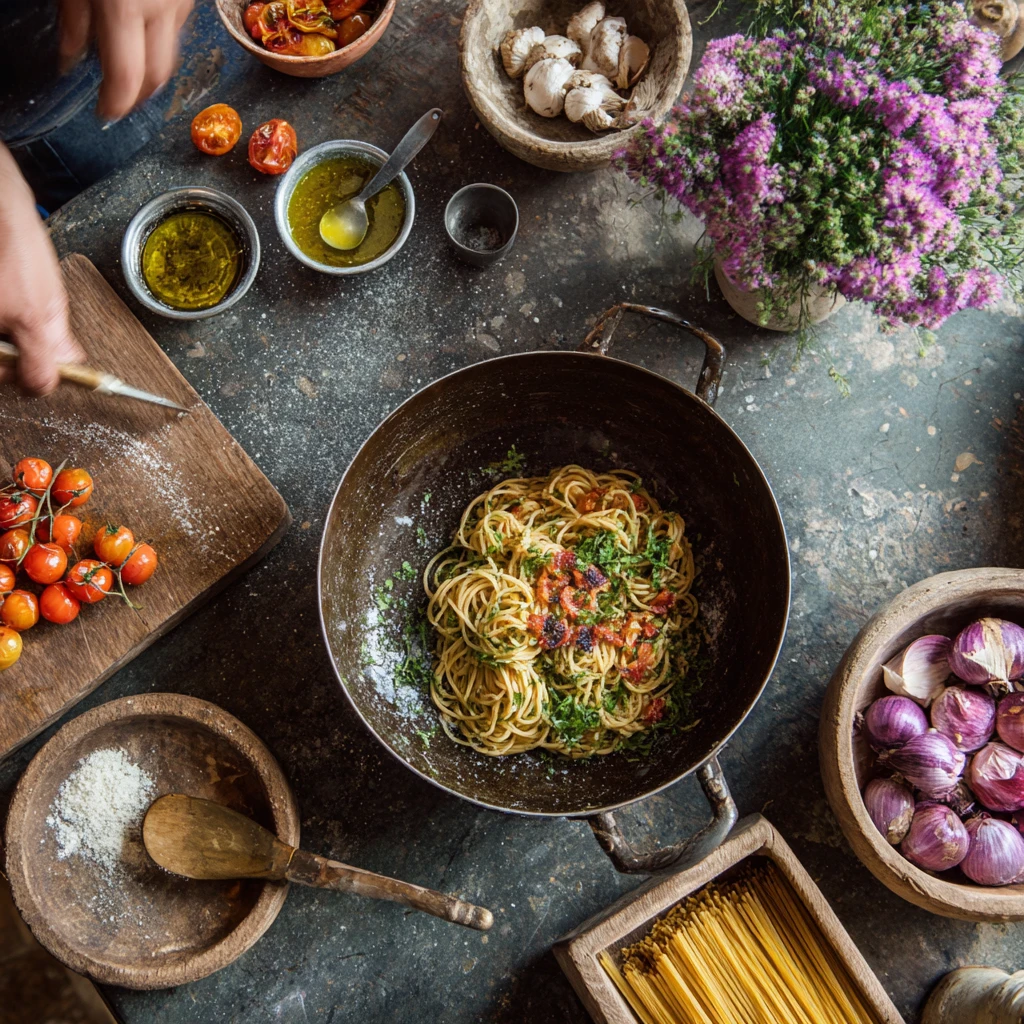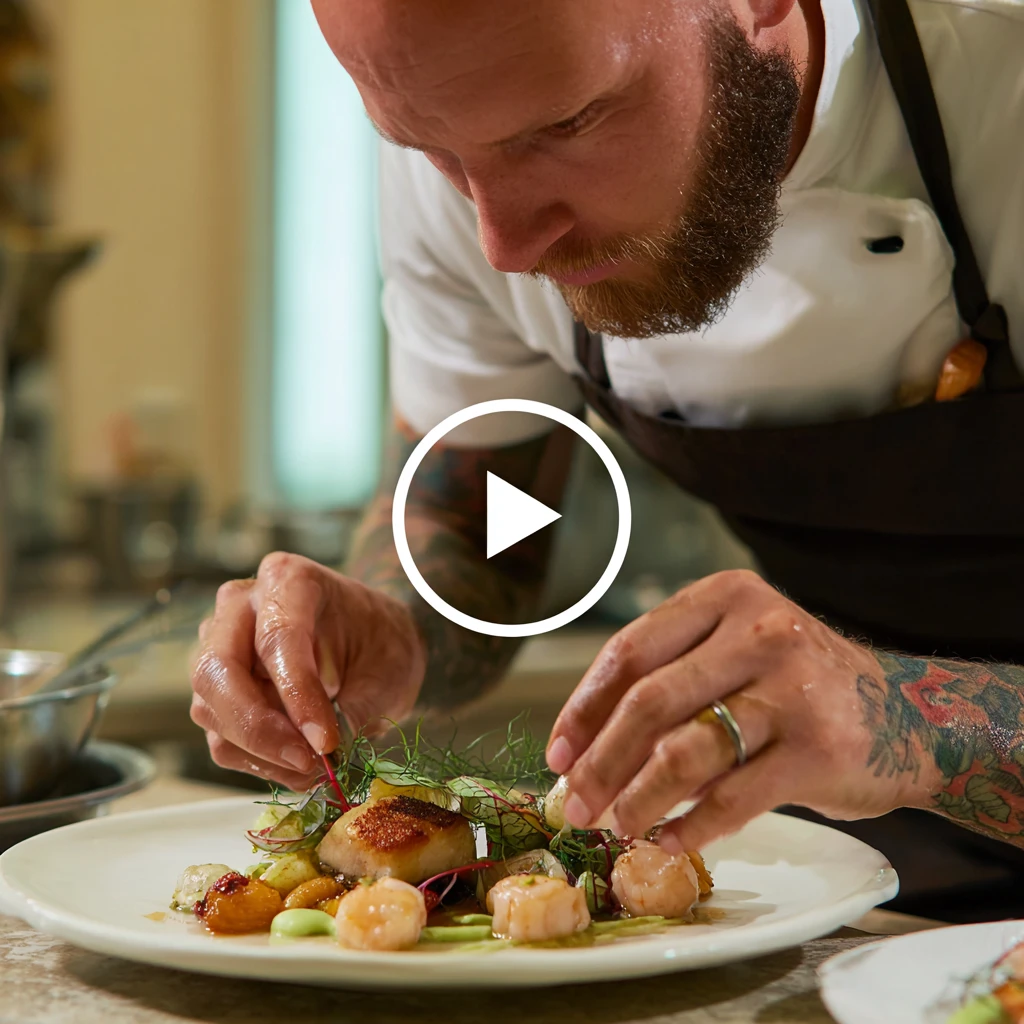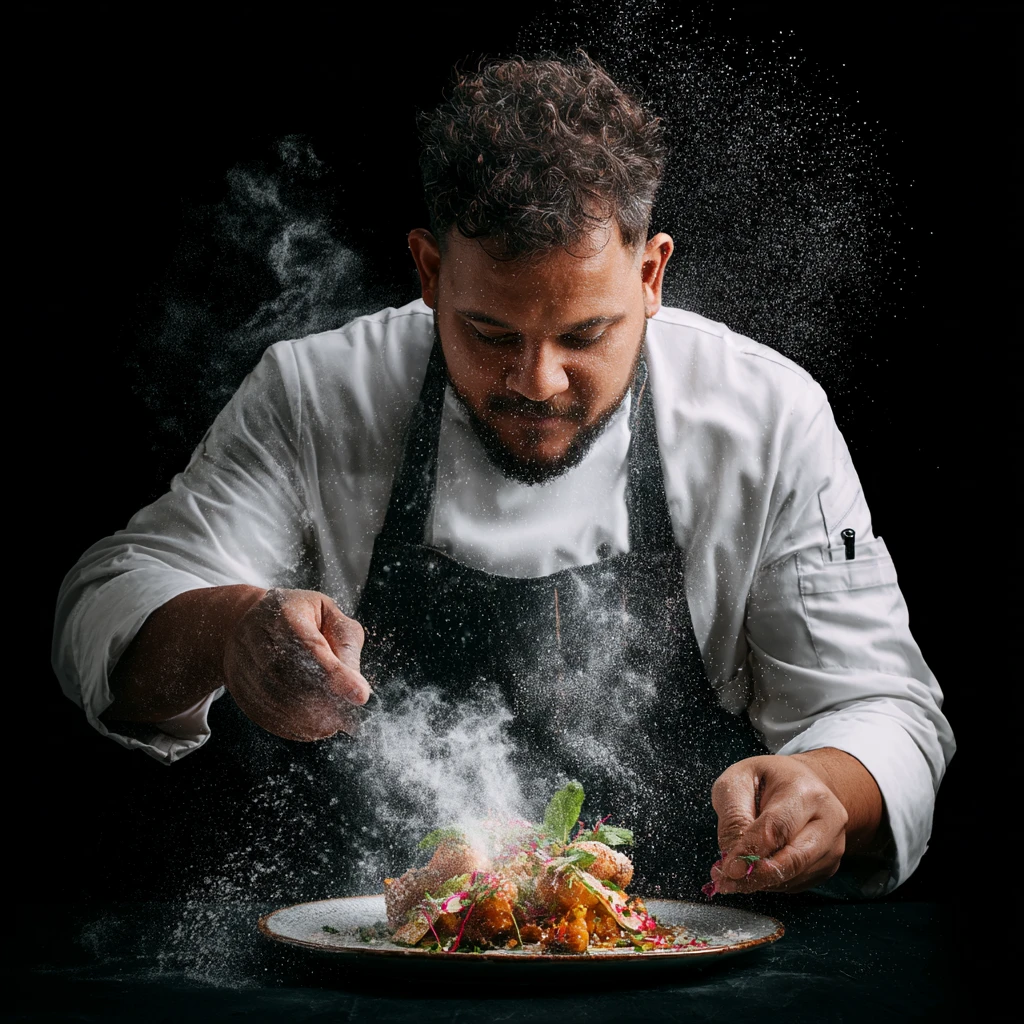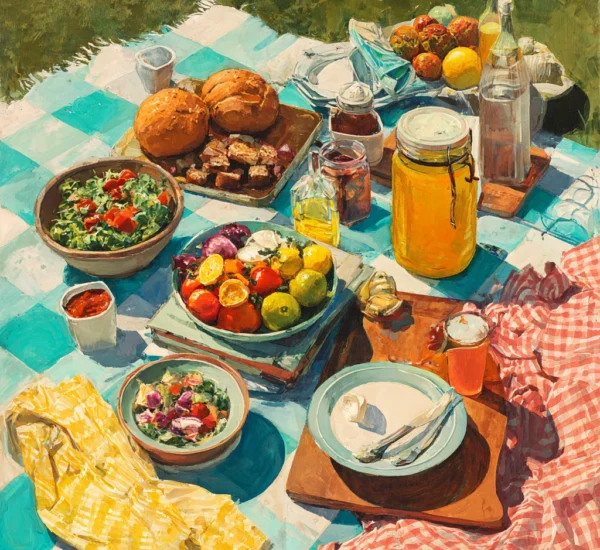The Top 10 Cooking Tips from Professional Chefs
Introduction: Unlock Culinary Secrets from the Pros
Aspiring home cooks often dream of replicating the culinary magic they see in restaurants or on cooking shows. The good news is, you don’t need years of formal training to elevate your cooking game. Professional chefs possess a wealth of knowledge, and many of their most valuable tips are easily adaptable for the home kitchen. This article distills the top 10 cooking tips gleaned from leading chefs, empowering you to cook with more confidence, precision, and flavor. These tips encompass everything from mastering fundamental techniques to sourcing high-quality ingredients. So, get ready to transform your cooking and impress your family and friends with restaurant-worthy meals.

Section 1: Mastering the Fundamentals
1. Sharpen Your Knives: The Cornerstone of Efficiency
A sharp knife is arguably the most essential tool in any kitchen. Professional chefs understand this implicitly. A dull knife is not only inefficient, requiring more force and increasing the risk of accidents, but it also damages ingredients, bruising herbs and vegetables instead of cleanly slicing them. Investing in a good knife sharpener, whether a whetstone, honing steel, or electric sharpener, is a worthwhile investment. Learn the proper technique for sharpening and honing your knives to maintain their edge. A sharp knife makes prep work faster, safer, and more enjoyable, leading to better-cooked dishes. The precision of a sharp knife contributes significantly to even cooking and presentation.
2. Mise en Place: Organization is Key
“Mise en place” is a French term that translates to “everything in its place.” It’s a fundamental principle in professional kitchens and involves prepping all your ingredients before you start cooking. This includes chopping vegetables, measuring spices, portioning proteins, and having all your equipment ready to go. This meticulous organization prevents frantic searching for ingredients mid-recipe, ensuring that each step is executed smoothly and efficiently. Mise en place allows you to focus on the cooking process, leading to more consistent and better-tasting results. It also reduces stress and makes cooking a more enjoyable experience. Professional kitchens rely on mise en place for streamlined workflow and consistent quality.
3. Season Generously and Taste Constantly: The Flavor Equation
Seasoning is crucial for bringing out the natural flavors of your ingredients. Professional chefs season throughout the cooking process, not just at the end. Start by seasoning your proteins and vegetables before cooking, and continue to taste and adjust the seasoning as you go. Don’t be afraid to use salt, pepper, and other spices generously. Salt, in particular, is a flavor enhancer that can elevate even the simplest dishes. Tasting constantly allows you to fine-tune the flavors and ensure that your dish is perfectly balanced. Remember that seasoning preferences vary, so adjust to your own taste. A properly seasoned dish is the difference between a bland meal and a culinary masterpiece.
Section 2: Elevating Your Cooking Techniques
4. Master Basic Sauces: The Foundation of Flavor
Sauces are the backbone of many dishes, adding depth, richness, and complexity to even the simplest ingredients. Professional chefs have mastered the art of sauce making, understanding the fundamental techniques and flavor profiles. Learn to make basic sauces like béchamel, velouté, espagnole, hollandaise, and tomato sauce. These “mother sauces” can be used as a base for countless variations, allowing you to create a wide range of dishes with minimal effort. Mastering sauces unlocks a world of culinary possibilities and allows you to customize flavors to your liking. Experiment with different ingredients and techniques to develop your own signature sauces.
5. Understand Heat Control: The Key to Perfect Cooking
Heat control is essential for achieving consistent and predictable results. Professional chefs have a deep understanding of how heat affects different ingredients and how to adjust the temperature to achieve the desired outcome. Whether you’re searing a steak, sautéing vegetables, or baking a cake, pay close attention to the temperature of your stovetop or oven. Use a thermometer to ensure accuracy, especially when baking. Understanding heat control allows you to cook food evenly, prevent burning, and achieve the perfect texture. High heat is ideal for searing and browning, while lower heat is better for simmering and slow cooking.
6. Embrace the Maillard Reaction: Unleash Flavor Through Browning
The Maillard reaction is a chemical reaction between amino acids and reducing sugars that occurs when food is heated. This reaction is responsible for the browning and flavor development that occurs when you sear a steak, bake bread, or roast vegetables. Professional chefs understand how to maximize the Maillard reaction by using high heat, dry surfaces, and adequate spacing to prevent steaming. Achieving a good sear on meats and vegetables enhances their flavor and texture. This browning creates complex and savory flavors that elevate the dish to a new level. Don’t overcrowd the pan, as this will lower the temperature and prevent proper browning.
Section 3: Choosing Quality Ingredients
7. Source High-Quality Ingredients: You Are What You Eat
The quality of your ingredients has a direct impact on the flavor and overall quality of your dishes. Professional chefs prioritize sourcing the freshest, highest-quality ingredients whenever possible. This means buying seasonal produce, using sustainably raised meats and seafood, and opting for high-quality oils, spices, and other pantry staples. Visit farmers’ markets, specialty food stores, and local producers to find the best ingredients available. Fresh, high-quality ingredients not only taste better but also provide more nutrients. Supporting local farmers and producers is also a great way to contribute to your community.
8. Know Your Oils and Fats: The Foundation of Flavor and Texture
Different oils and fats have different smoke points and flavor profiles, making them suitable for different cooking applications. Professional chefs understand the nuances of various oils and fats and choose them carefully based on the dish they are preparing. Use olive oil for sautéing and dressings, vegetable oil for high-heat cooking, and butter for baking and adding richness. Understanding the properties of different oils and fats allows you to control the flavor, texture, and cooking process. Experiment with different oils and fats to discover your preferences and expand your culinary repertoire. Consider using infused oils for added flavor.
Section 4: Pro Tips for Efficiency and Creativity
9. Deglaze the Pan: Liquid Gold for Sauces
Deglazing is a simple technique that can add depth and complexity to your sauces. After searing meat or vegetables, deglaze the pan by adding a liquid, such as wine, broth, or vinegar, and scraping up the browned bits from the bottom of the pan. These browned bits, known as fond, are packed with flavor and will enhance the sauce. Deglazing is a quick and easy way to create a delicious sauce with minimal effort. The liquid will evaporate and concentrate the flavors, creating a rich and savory sauce. Use different liquids to create a variety of flavor profiles.
10. Don't Be Afraid to Experiment: Embrace Culinary Creativity
Cooking should be a fun and creative process. Professional chefs are constantly experimenting with new flavors, techniques, and ingredients. Don’t be afraid to try new recipes, substitute ingredients, and put your own spin on classic dishes. The key is to be open to learning and to trust your instincts. Experiment with different herbs, spices, and flavor combinations to discover your own signature style. Cooking is a journey of discovery, so embrace the process and have fun!

Section 5: Frequently Asked Questions (FAQ)
Q: What is the most important cooking tip for beginners?
A: Mastering knife skills is crucial. A sharp knife makes prep work easier and safer.
Q: How can I improve the flavor of my sauces?
A: Deglazing the pan after searing adds depth and richness. Also, use high-quality ingredients and season generously.
Q: What is mise en place and why is it important?
A: Mise en place means “everything in its place.” It’s organizing all ingredients before cooking for efficiency and consistency.
Q: How do I know when my meat is cooked to the right temperature?
A: Use a meat thermometer to ensure accuracy. Refer to recommended internal temperatures for different types of meat.
Q: What are the essential pantry staples for home cooks?
A: High-quality olive oil, salt, pepper, various spices, flour, sugar, and canned tomatoes are essential.
Q: What's the best way to sharpen my knives at home?
A: A whetstone or honing steel are great options. Learn the proper technique or consider an electric sharpener.
Q: How can I prevent food from sticking to the pan?
A: Ensure the pan is properly heated before adding food. Use enough oil or fat and don’t overcrowd the pan.
Q: What's the secret to perfectly roasted vegetables?
A: Use high heat, toss with oil and seasoning, and don’t overcrowd the pan.
Q: How can I make my dishes look more professional?
A: Pay attention to presentation. Use clean plates, garnish appropriately, and arrange food artfully.
Q: Is it important to buy organic ingredients?
A: While not essential, organic ingredients can offer health and environmental benefits. Prioritize based on your budget and values.



